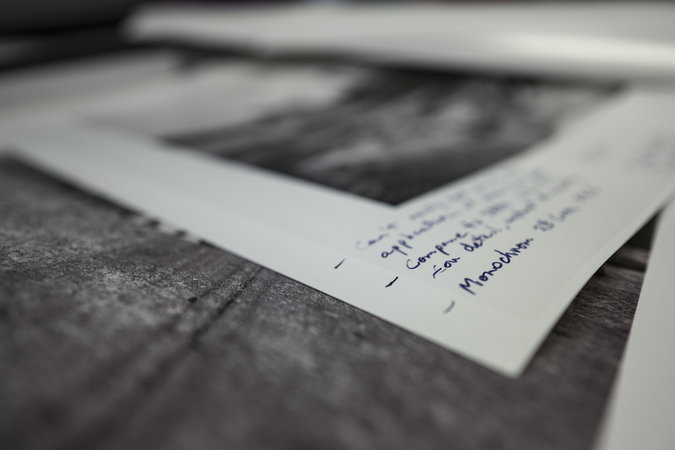Daneinbalto
Established
From what is said, shallow depth of field is less easily obtained on a 28 mm lens than a 50 mm lens. But what happens to DOF if you apply a 50 mm crop to a shot captured with a 28 mm lens? If you compare two shots taken of the same subject, at the same distance, with the same f/stop, one with a native 50 mm lens and the other with a 28 mm lens but cropped to correspond to the 50 mm shot, will the DOF be different? Someone seemed to think the depth of field would be greater in the latter situation because the shot originated from a 28 mm lens.


